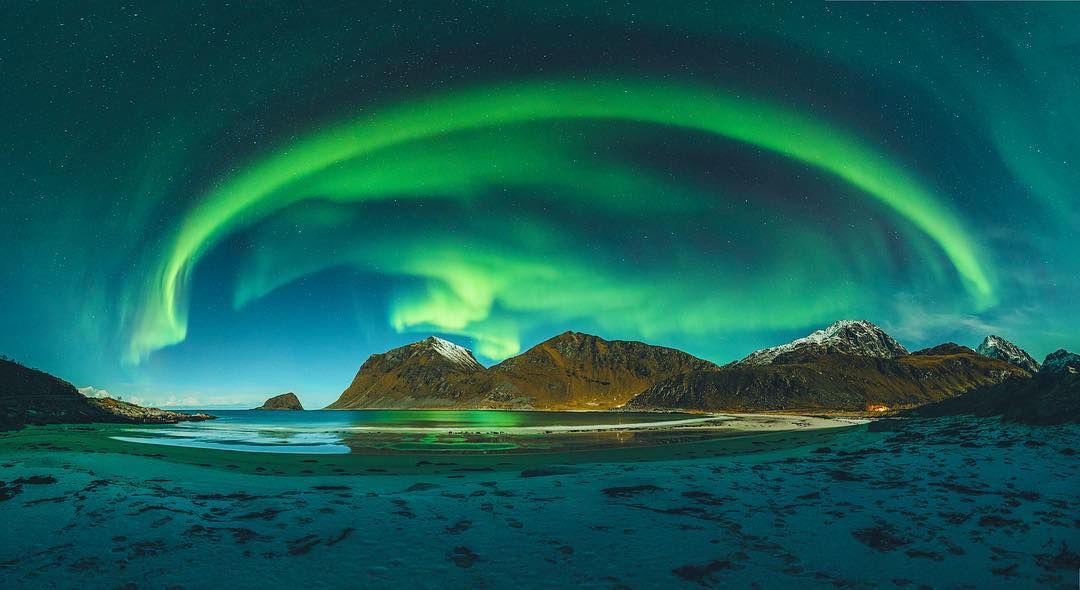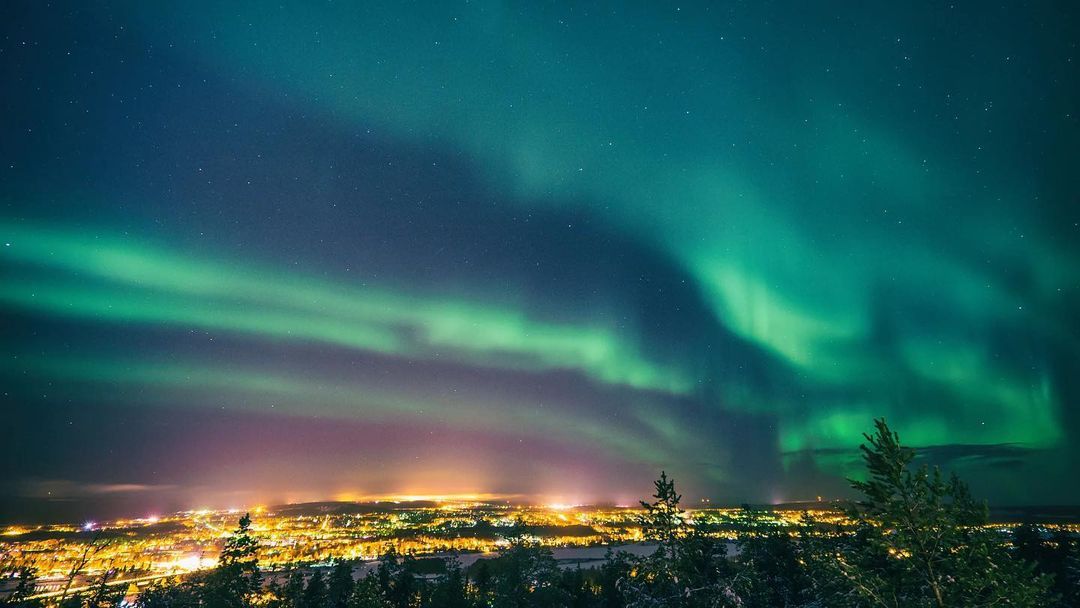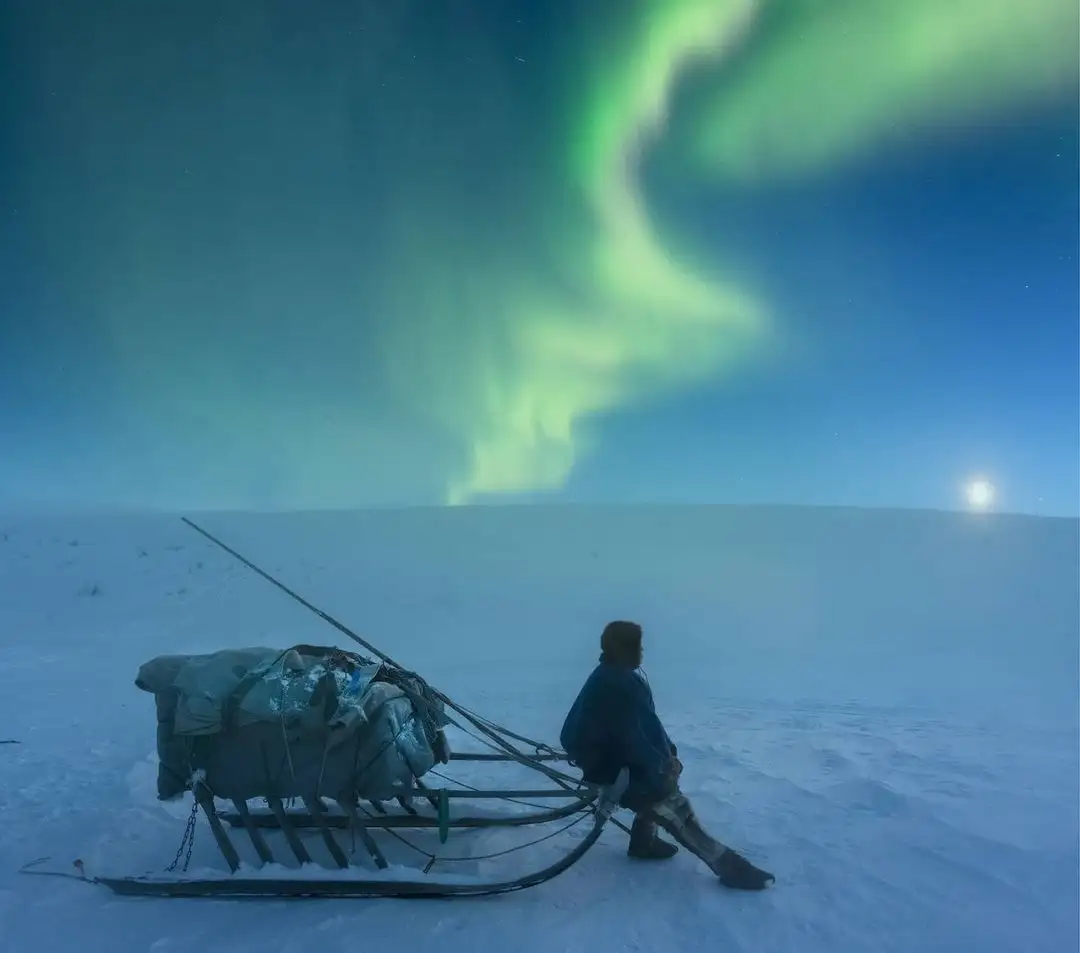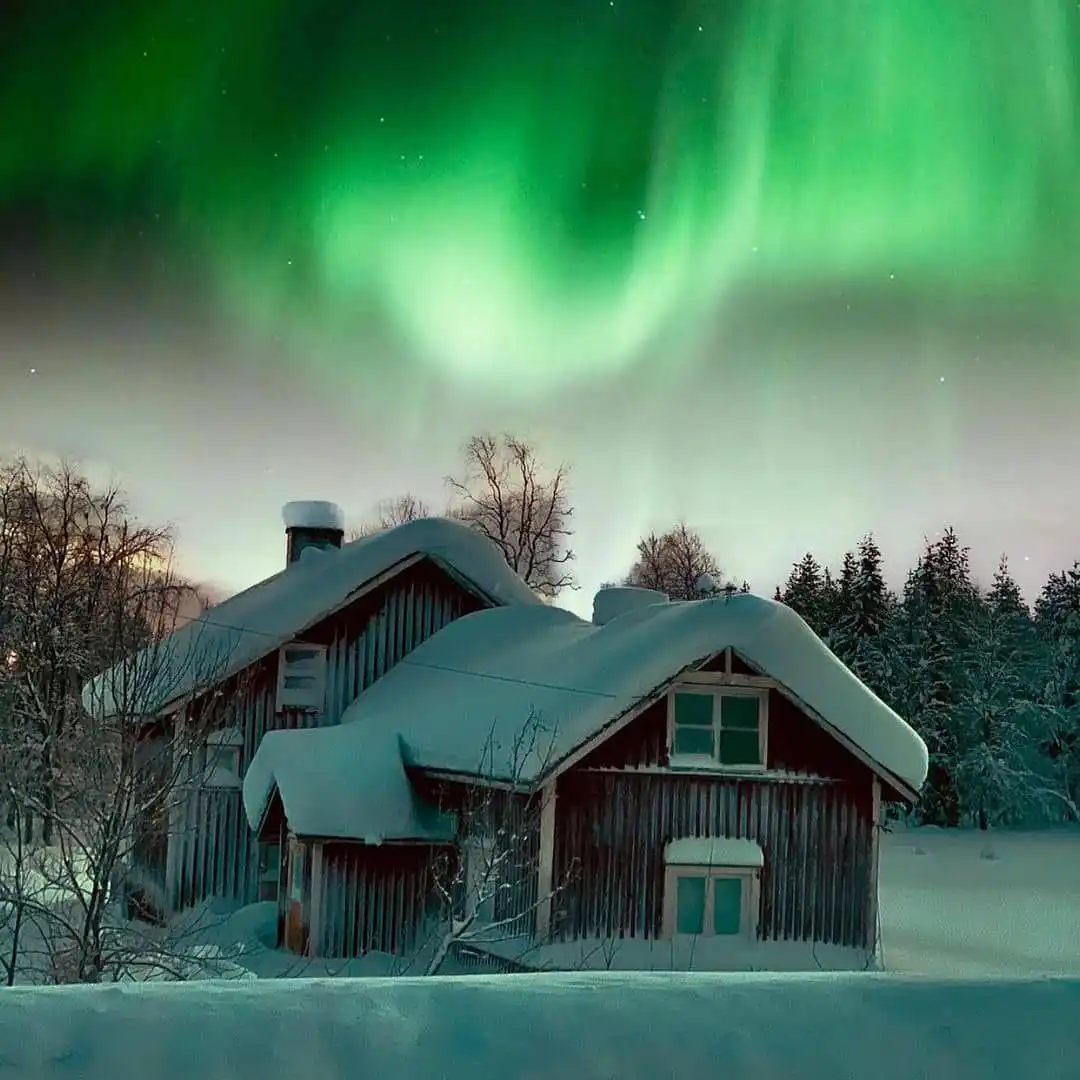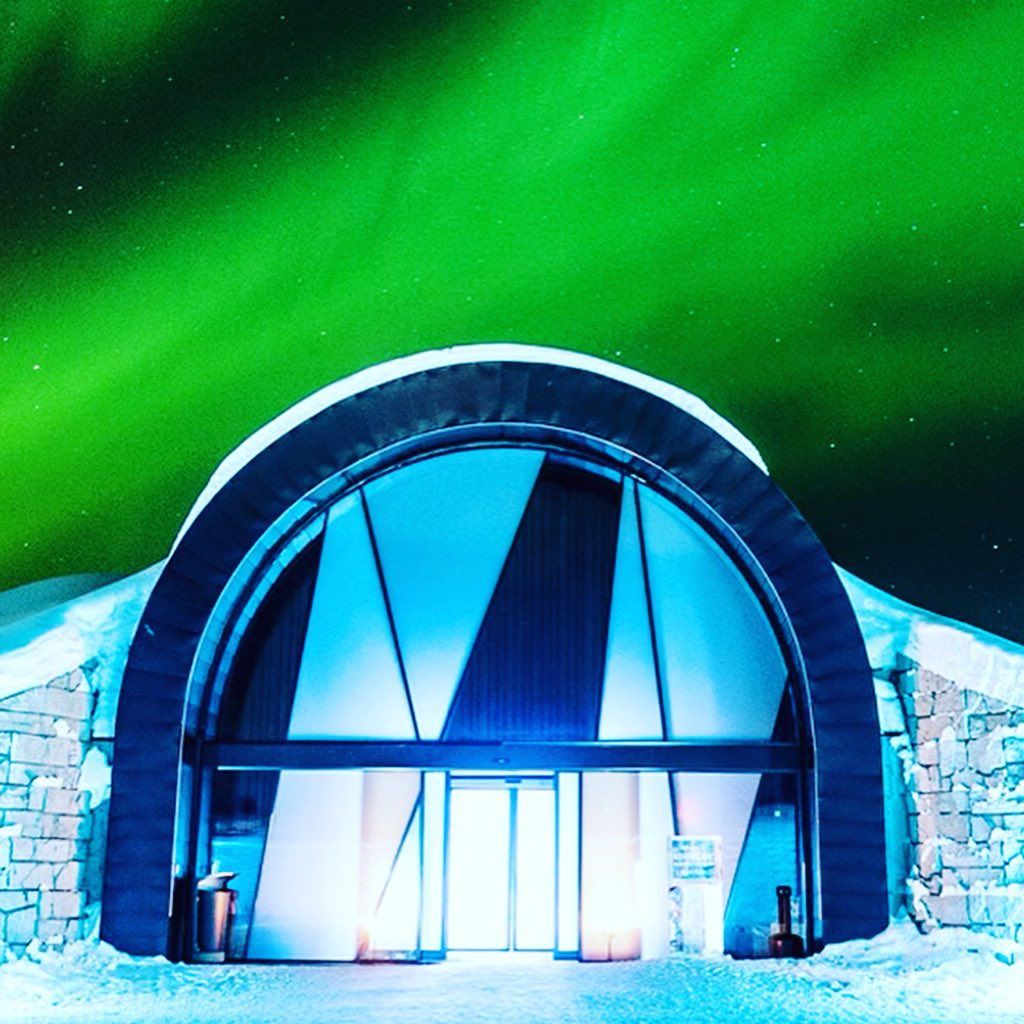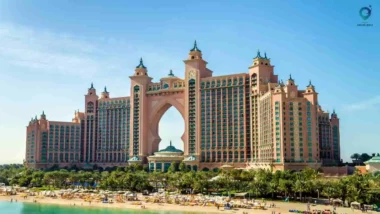Northern Lights in Iceland: When to See the Best Aurora Lights
Table of Contents
Toggle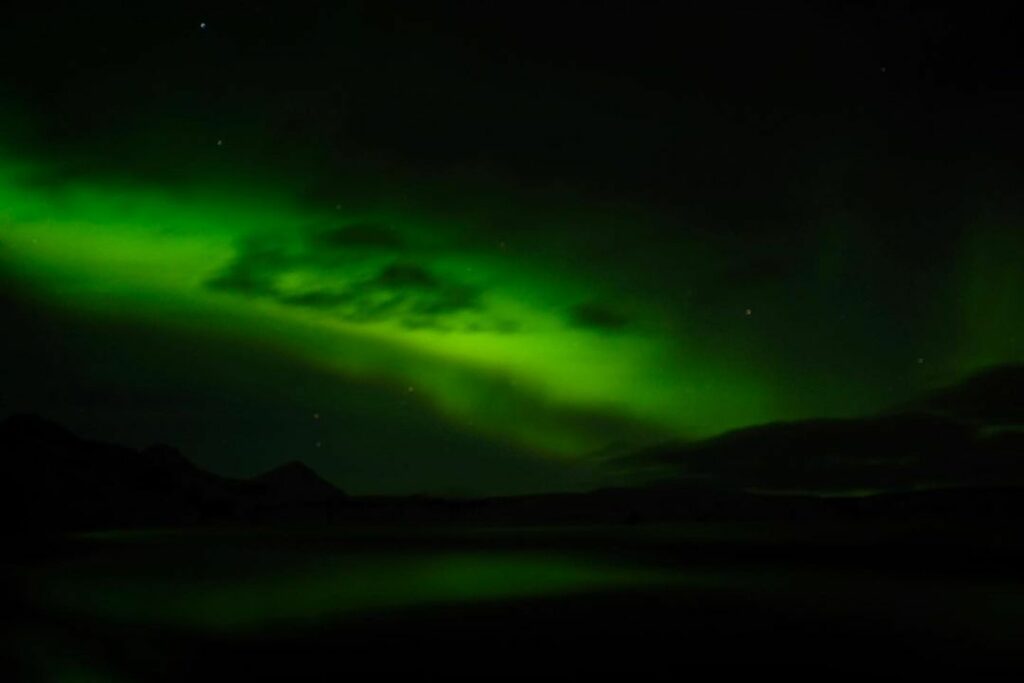
Imagine standing under a starry night sky, with vibrant ribbons of light dancing overhead, painting the darkness with breathtaking hues of green, purple, and pink. This awe-inspiring phenomenon is none other than the Northern Lights, or Aurora Borealis, a natural spectacle that captivates the hearts of those lucky enough to witness it. And when it comes to experiencing the best of the Northern Lights, there’s no place quite like Iceland. With its unique geographical location and pristine landscapes, Iceland offers a front-row seat to this celestial ballet.
In this comprehensive guide, we will delve into the enchanting world of the Northern Lights in Iceland. From understanding the science behind this extraordinary phenomenon to discovering the best times and places to see them, we’ll provide you with all the information you need for an unforgettable Northern Lights adventure. So, pack your warmest clothes, charge your camera batteries, and prepare to embark on a journey that will leave you in awe of nature’s majestic light show.
Understanding the Northern Lights
The Northern Lights occur when charged particles from the sun collide with the Earth’s atmosphere, creating colorful displays of light. This phenomenon is influenced by the Earth’s magnetic field and is typically seen in high-latitude regions such as Iceland.
The lights appear in various colors, including green, pink, purple, and yellow, and they form shimmering curtains, arcs, and swirls across the sky.
How to Take Tours of Northern Lights in Iceland
Taking a guided tour is one of the best ways to maximize your chances of seeing the Northern Lights in Iceland. These tours are led by experienced guides who are knowledgeable about the best viewing spots and have a deep understanding of the Northern Lights phenomenon.
They will take you to remote locations away from light pollution, increasing your chances of witnessing a spectacular display of the lights.
What Month Is Best to See Northern Lights in Iceland?
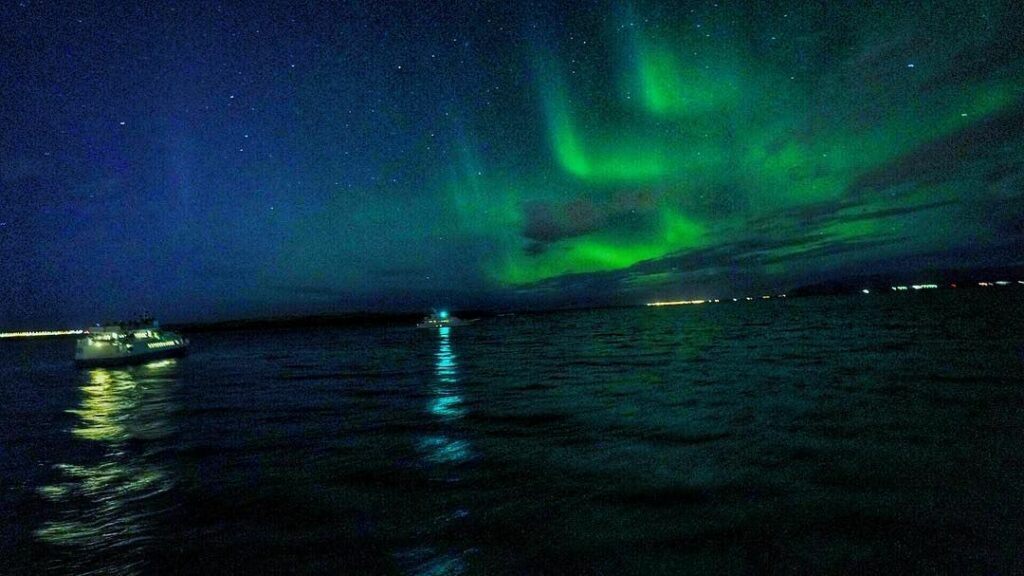
The best time to see the Northern Lights in Iceland is during the winter months, from September to April. However, the peak season for Northern Lights viewing is from late September to late March. During this time, the nights are longer, providing more opportunities to see the lights.
It’s important to note that the Northern Lights are a natural phenomenon, and their appearance is influenced by factors such as solar activity, weather conditions, and light pollution. Therefore, even during the peak season, it’s not guaranteed that you will see them every night.
What Time of Day Is Best to See the Northern Lights in Iceland?
The Northern Lights are typically visible in the late evening and throughout the night. It’s recommended to go out after sunset and stay until the early morning hours for the best chances of witnessing this magical spectacle. The darker the sky, the better the visibility of the lights. It’s important to check the local weather conditions and aurora forecasts to plan your Northern Lights viewing accordingly.
List of Best Places & Times to See Northern Lights in Iceland

- Reykjavik: Iceland’s capital city, Reykjavik, provides opportunities for Northern Lights viewing within its city limits. While light pollution can be a challenge, certain areas and parks within the city offer darker skies for better visibility.
- Klambratún Park: Located in Reykjavik, Klambratún Park offers a convenient location for viewing the Northern Lights, especially if you prefer staying close to the city center.
- Oskjuhlíd: Situated on a hill in Reykjavik, Oskjuhlíd provides panoramic views of the city and the night sky. It’s a popular spot for Northern Lights enthusiasts.
- Lake Hvaleyrarvatn: This picturesque lake is located near Reykjavik and offers a tranquil setting for Northern Lights viewing. The reflections of the lights on the water create a magical ambiance.
- Grotta Lighthouse: Situated on the outskirts of Reykjavik, Grotta Lighthouse offers a serene location away from the city lights. It provides an excellent vantage point for watching the Northern Lights dance across the sky.
- Jokulsarlon: Located in southeastern Iceland, Jokulsarlon is famous for its glacier lagoon. The combination of floating icebergs and the Northern Lights creates a surreal and breathtaking experience.
- Laugardalur: Laugardalur, meaning “hot spring valley,” is a beautiful recreational area in Reykjavik. It offers open spaces and minimal light pollution, making it an ideal spot for Northern Lights viewing.
- Skogafoss: Skogafoss is one of Iceland’s most iconic waterfalls, and witnessing the Northern Lights against the backdrop of this majestic cascade is an unforgettable experience.
- Thingvellir National Park: This UNESCO World Heritage Site offers stunning landscapes and is an excellent location for Northern Lights viewing. The park’s vast open spaces provide unobstructed views of the night sky.
- Lake Kleifarvatn: Located on the Reykjanes Peninsula, Lake Kleifarvatn is surrounded by volcanic landscapes, making it a unique place to witness the Northern Lights.
- Gardur: Gardur is a small town located on the Reykjanes Peninsula, known for its lighthouse and beautiful coastal scenery. It offers a peaceful setting for observing the Northern Lights.
- Arctic Henge: Located in the village of Raufarhöfn, the Arctic Henge is a magnificent stone structure that offers a mystical atmosphere for Northern Lights viewing.
- The Thridranger Lighthouse: Situated on the Snæfellsnes Peninsula, the Thridranger Lighthouse offers a picturesque setting to witness the Northern Lights while enjoying breathtaking views of the coastline.
- The Island Of Elliðaey: Elliðaey is a small island off the coast of Iceland that provides a remote and pristine location for the Northern Lights viewing. Its isolation from light pollution makes it an ideal spot for capturing the lights in their full glory.
Capturing the Northern Lights: Photographing Tips to Capture Northern Lights
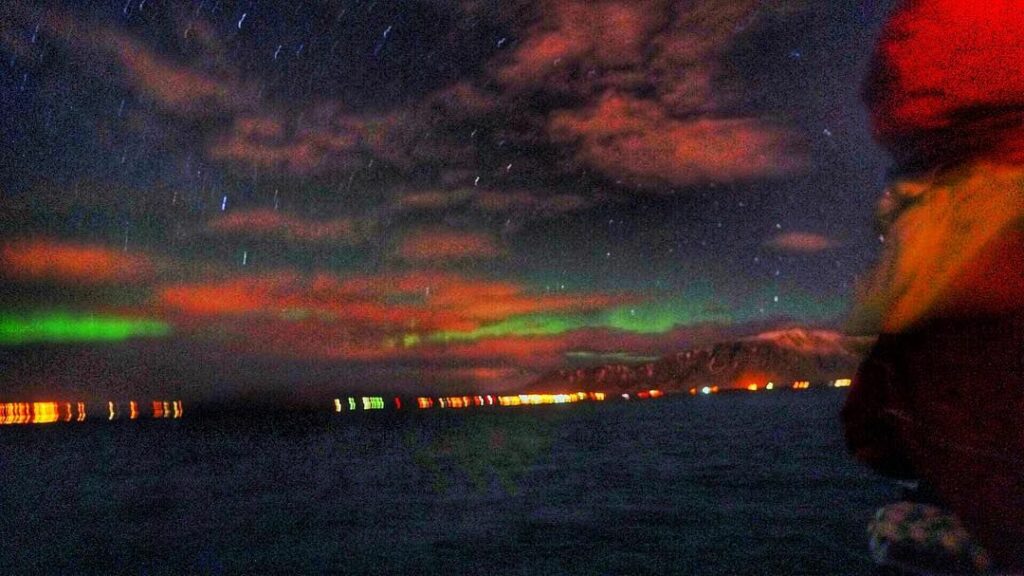
Photographing the Northern Lights can be a challenging yet rewarding experience. Here are some tips to help you capture stunning photos of this natural wonder:
- Use a tripod: Stability is crucial when photographing the Northern Lights, as long exposure times are often required. A sturdy tripod will help you achieve sharp and clear images.
- Use a wide-angle lens: A wide-angle lens allows you to capture more of the night sky and include interesting foreground elements in your photos.
- Use manual mode: Set your camera to manual mode to have full control over settings such as exposure time, aperture, and ISO. Experiment with different settings to find the optimal balance for capturing the lights.
- Shoot in RAW format: RAW files contain more image data and allow for greater flexibility during post-processing. This format ensures that you can make adjustments without compromising image quality.
- Compose your shot: Look for interesting foreground elements such as mountains, lakes, or iconic landmarks to add depth and context to your Northern Lights photos.
- Experiment with exposure times: Start with longer exposures (around 15-30 seconds) and adjust accordingly based on the intensity of the lights. Be mindful of maintaining proper exposure to avoid overexposing the lights.
- Avoid light pollution: Choose locations away from city lights to minimize light pollution and enhance the visibility of the Northern Lights.
Remember, photographing the Northern Lights requires patience and persistence. Don’t forget to take breaks from behind the camera and simply enjoy the magical display unfolding before your eyes.
Safety, and Precautions
When it comes to safety and precautions while experiencing the Northern Lights in Iceland, there are several key considerations to keep in mind:
- Choose a reputable tour operator: If you decide to take a guided tour to view the Northern Lights, ensure that you choose a reputable and licensed tour operator. Research reviews and ratings to make an informed decision. Experienced guides can provide valuable insights and ensure your safety during the excursion.
- Dress appropriately: Iceland’s weather can be harsh, especially during the winter months when the Northern Lights are most visible. Dress in warm, layered clothing to protect yourself from the cold. Thermal base layers, insulated jackets, hats, gloves, and waterproof boots are essential to stay comfortable during extended periods outdoors.
- Stay informed about weather conditions: Before heading out to view the Northern Lights, check the weather forecast for your chosen location. Avoid venturing out during severe weather conditions such as storms or blizzards, as they can pose significant risks.
- Stay visible: If you’re exploring outside of designated viewing areas or away from your tour group, it’s important to stay visible. Carry a headlamp or flashlight with you to ensure others can see you, especially in areas with low light conditions.
- Stay on designated paths: When exploring natural areas, such as national parks or reserves, it’s crucial to stick to designated paths and trails. This helps preserve the environment and protects you from potential hazards, such as unstable terrain or hidden crevices.
- Be cautious near bodies of water: Iceland is known for its beautiful lakes, rivers, and coastlines. However, when viewing the Northern Lights near water, exercise caution. Icy surfaces can be slippery, and strong currents can be dangerous. Always prioritize your safety and maintain a safe distance from the water’s edge.
- Bring essential supplies: When venturing out to view the Northern Lights, pack essential supplies such as water, snacks, and extra layers of clothing. It’s better to be over-prepared, especially if you’re planning to spend an extended period outdoors.
- Follow local guidelines and regulations: Respect the environment and follow any guidelines or regulations set by local authorities. These guidelines may include restrictions on open fires, camping, or access to certain areas during specific times of the year.
- Take care of camera equipment: If you’re photographing the Northern Lights, ensure that your camera equipment is properly protected from the elements. Cold temperatures can drain batteries quickly, so bring spares and keep them warm. Consider using a camera bag or cover to shield your equipment from moisture and cold.
- Notify someone of your plans: Before embarking on your Northern Lights adventure, inform a friend or family member about your plans. Share your itinerary and estimated return time. This way, someone will know your whereabouts in case of an emergency.
Remember, the Northern Lights are a natural phenomenon, and sightings cannot be guaranteed. Be patient, embrace the experience, and prioritize your safety at all times. With proper preparation and precautions, you can enjoy the beauty of the Northern Lights in Iceland safely and responsibly.
Nearby Accommodation Facilities
When planning a trip to witness the Northern Lights in Iceland, it’s essential to consider nearby accommodation facilities that offer convenience and easy access to prime viewing locations. Here are some options to consider:
- Reykjavik: As Iceland’s capital and largest city, Reykjavik offers a wide range of accommodation options, including hotels, guesthouses, and hostels. Staying in Reykjavik provides convenient access to amenities, restaurants, and tour operators that offer Northern Lights excursions. While light pollution can be a challenge, certain areas within the city, such as Klambratún Park and Oskjuhlíd, provide opportunities for viewing the lights.
- Selfoss: Located about 50 kilometers east of Reykjavik, Selfoss is a town known for its proximity to various natural attractions, including the Golden Circle route. It offers a range of hotels and guesthouses where you can stay while exploring the surrounding areas for Northern Lights viewing.
- Vík: Situated in southern Iceland, Vík is a picturesque coastal town known for its black sand beaches and dramatic landscapes. It offers accommodation options such as hotels and guesthouses, making it a good base for exploring nearby attractions like Skógafoss and Reynisfjara Beach while keeping an eye out for the Northern Lights.
- Hella: Hella is a small town located along the southern coast of Iceland. It provides a peaceful and rural setting, away from the city lights, making it an excellent option for Northern Lights viewing. Accommodation options in Hella range from hotels to guesthouses and cottages.
- Akureyri: If you’re planning to explore northern Iceland, Akureyri is the largest town in the region and offers various accommodation choices. It serves as a gateway to attractions such as Lake Mývatn and Dettifoss Waterfall. Akureyri’s location away from the capital city provides opportunities for Northern Lights viewing in a less crowded setting.
- Húsavík: Located in northern Iceland, Húsavík is renowned for its whale-watching opportunities. The town offers accommodation options such as hotels and guesthouses. While primarily known for its marine life, Húsavík can also provide excellent Northern Lights viewing experiences, especially during the winter months.
It’s important to note that regardless of the location you choose, keep in mind that the Northern Lights are a natural phenomenon and their visibility can vary. Weather conditions and solar activity play a significant role in the display of the lights. Therefore, it’s advisable to check the forecast and consult with local experts or tour operators to increase your chances of witnessing this magical spectacle.
Things to Avoid
While chasing the Northern Lights in Iceland, there are a few things you should avoid to maximize your chances of a successful viewing experience:
- Light pollution: Stay away from areas with excessive light pollution, such as busy cities or well-lit streets. Light pollution can hinder the visibility of the Northern Lights, so aim for locations with minimal artificial lighting.
- Overexposure in photography: Avoid overexposing your photos by adjusting your camera settings appropriately. Overexposure can wash out the colors and details of the Northern Lights, resulting in less impactful images.
- Impatience: Seeing the Northern Lights is not always guaranteed, even during the peak season. Patience is key, as it may take several attempts before you witness a strong display of the lights. Don’t give up too soon and keep trying.
- Ignoring weather conditions: Keep a close eye on the weather forecast before heading out to see the Northern Lights. Cloudy or rainy conditions can obstruct your view, so choose nights with clear skies for optimal visibility.
- Disrespecting the environment: When exploring the natural landscapes of Iceland, be respectful of the environment. Follow designated paths, avoid littering, and leave no trace of your visit. Preserve the beauty of Iceland for future generations.
Conclusion
Witnessing the Northern Lights in Iceland is a bucket-list experience that offers a unique and awe-inspiring encounter with nature’s wonders. By understanding the best time and places to see the lights, taking photography tips into account, and practicing safety precautions, you can make the most of your Northern Lights adventure.
Remember to be patient, dress warmly, and immerse yourself in the magic of the Aurora Borealis for an unforgettable journey.
How much did you like Our detailed insider Northern Lights in Norway: All you need to know before Your Visit. Review Also, please share these Blogs with your friends on social media.
Related Post:-
- Northern Lights
- Photographing the Northern Lights
- Northern Lights Adventure
- Northern Lights Travel Experiences
- Best Month to See the Northern
Northern Lights in Iceland Frequently Asked Questions
What causes the Northern Lights?
The Northern Lights occur when charged particles from the sun collide with gases in the Earth’s atmosphere. This collision produces stunning displays of light known as the Aurora Borealis.
Are the Northern Lights visible all year round in Iceland?
While the Northern Lights can be seen in Iceland throughout the year, the best time to witness them is from September to April, with the peak season being from late September to late March.
How can I check the Northern Lights forecast in Iceland?
Several websites and mobile apps provide Northern Lights forecasts for Iceland. One popular resource is the Icelandic Met Office’s website, where you can find real-time information and predictions.
Do I need to travel outside of Reykjavik to see the Northern Lights?
While Reykjavik offers some opportunities for Northern Lights viewing, traveling outside the city to more remote locations with minimal light pollution significantly increases your chances of seeing a vibrant display of the lights.
Can I witness the Northern Lights during the summer months in Iceland?
The Northern Lights are primarily visible during the winter months in Iceland when the nights are longer and darker. Due to the midnight sun phenomenon, it becomes challenging to see the lights during the summer months.
What clothing should I wear to stay warm during Northern Lights viewing?
It’s crucial to dress in warm layers, including thermal base layers, a warm mid-layer, and a waterproof and windproof outer layer. Don’t forget to wear gloves, a hat, and warm socks to protect your extremities from the cold.
Are there any tour operators or guides specialized in Northern Lights experiences?
Yes, there are several tour operators in Iceland that specialize in Northern Lights experiences. These guides are knowledgeable about the best viewing spots and can provide valuable insights to enhance your Northern Lights adventure.
Is it possible to combine a Northern Lights trip with other activities in Iceland?
Absolutely! Iceland offers a wide range of activities, including exploring glaciers, soaking in hot springs, visiting waterfalls, and exploring volcanic landscapes. You can combine your Northern Lights trip with these activities to make the most of your time in Iceland.
Can the Northern Lights be seen from other countries besides Iceland?
Yes, the Northern Lights can be seen in other high-latitude countries such as Norway, Sweden, Finland, Canada, and Alaska. However, Iceland’s geographical location and unique landscapes make it a popular choice for Northern Lights enthusiasts.
How long do the Northern Lights typically last during a viewing?
The duration of the Northern Lights display can vary. It can last anywhere from a few minutes to several hours, depending on the intensity of the lights and atmospheric conditions. Patience is key when observing the lights.
Are there any cultural events or festivals related to the Northern Lights?
Iceland hosts various cultural events and festivals that celebrate the Northern Lights. One notable event is the Winter Lights Festival in Reykjavik, which features light installations, concerts, and other activities.
Can the Northern Lights affect radio communications and GPS systems?
The Northern Lights can interfere with radio communications and GPS systems, particularly during intense displays. However, the impact is usually minimal and does not pose significant risks to modern communication systems.

Meet David Hoper, a passionate travel Blog writer with 7+ years of experience in travel content. Through his exemplary storytelling and engaging narratives, he shares his experiences and brings destinations to life. With a keen eye for detail and a love for exploration, he has cultivated a diverse portfolio of travel blogs that inspire and inform readers worldwide.
